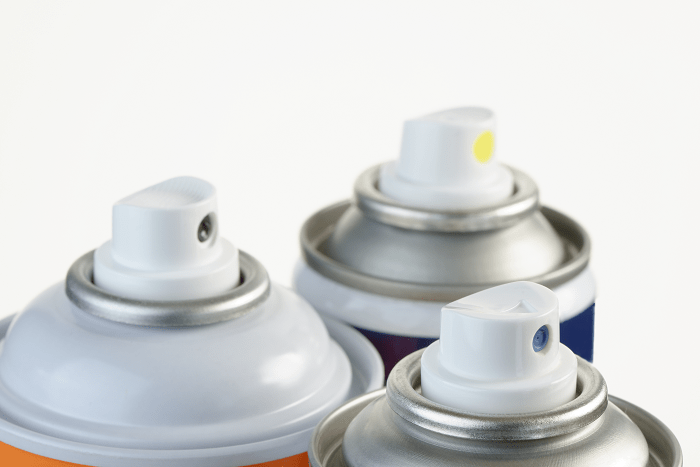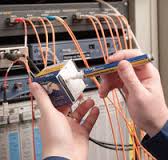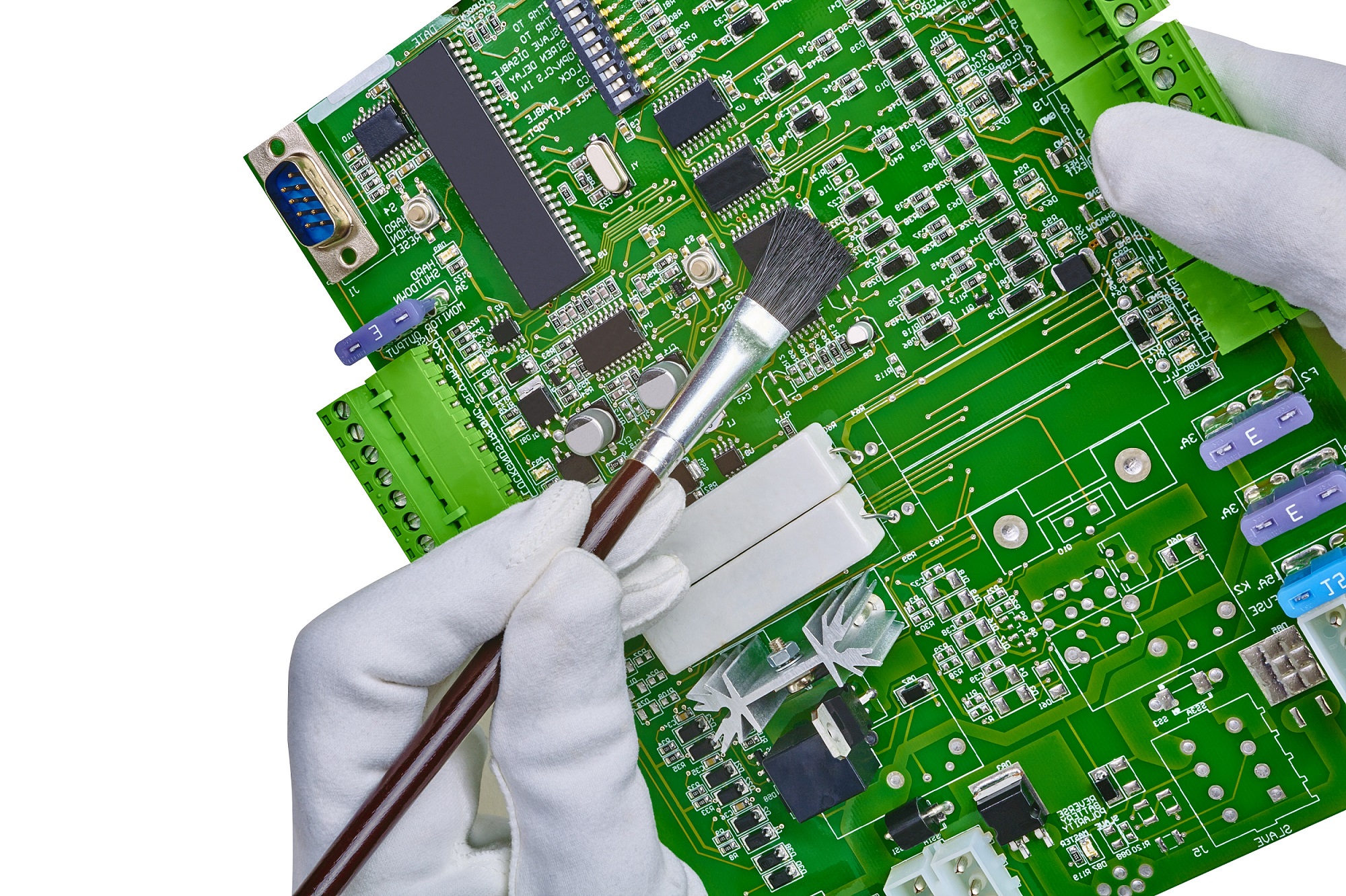According to Wikipedia, dielectric fluids are defined as fluids that “prevent or rapidly quench electric discharges [and] are used as electrical insulators in high voltage applications, [such as] transformers, capacitors, high voltage cables, and switchgear.”...







